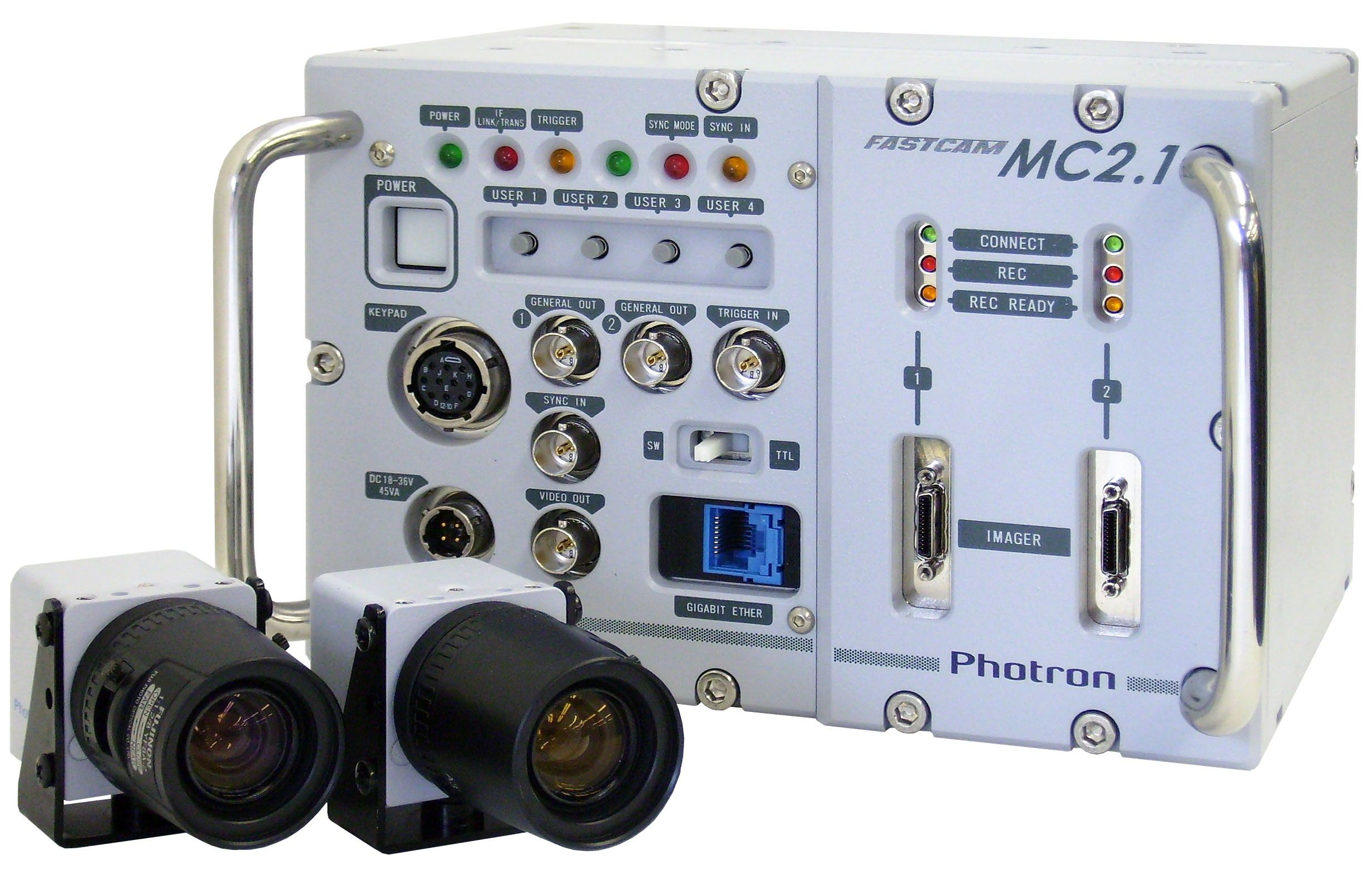

This study showed the high degree of redundancy of HSV-voice-parameters but also affirms the need of multidimensional based assessment of clinical data. Regularity of GAW phases and peak shape, harmonic structure and Phonovibrogram-based vocal fold open and closing angles were mainly important. Parameters solely computed from the changing glottal area waveform (1D-function called GAW) between the vocal folds were less important than parameters describing the oscillation characteristics along the vocal folds (2D-function called Phonovibrogram). FD M with fair accuracy of 0.745 or 0.768, respectively. These parameters separated groups N F vs. This yielded a subset of 12 parameters sufficient to reflect functional dysphonia. Second, further 54 parameters were discarded by using a LogitBoost decision stumps approach. First, 25 highly correlated parameters were discarded. We investigated 91 quantitative HSV parameters towards their significance.


Hence, 358 high-speed videoendoscopy (HSV) recordings (159 normal females (N F), 101 FD females (FD F), 66 normal males (N M), 32 FD males (FD M)) were analyzed. disorders with no visible anatomical changes. However, there is no commonly used set of parameters that reflect certain voice disorders, such as functional dysphonia (FD) i.e. In voice research and clinical assessment, many objective parameters are in use.


 0 kommentar(er)
0 kommentar(er)
